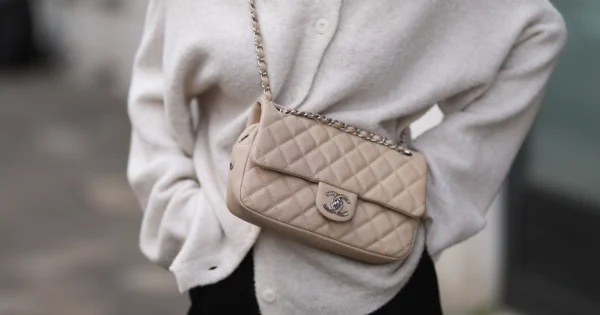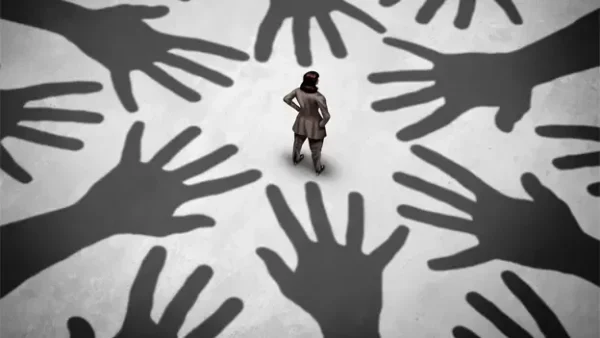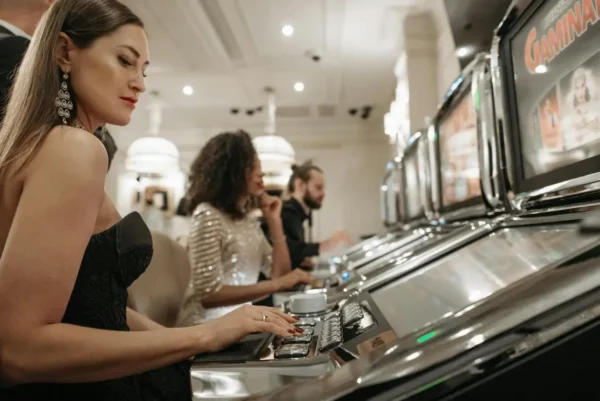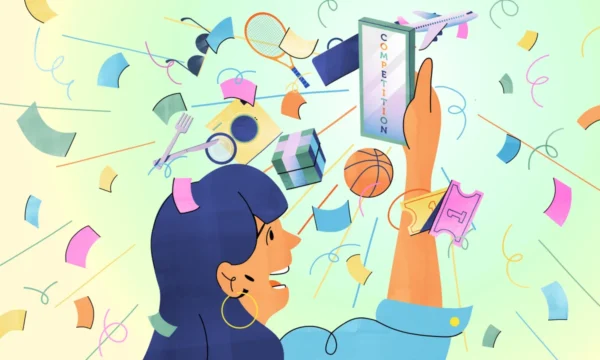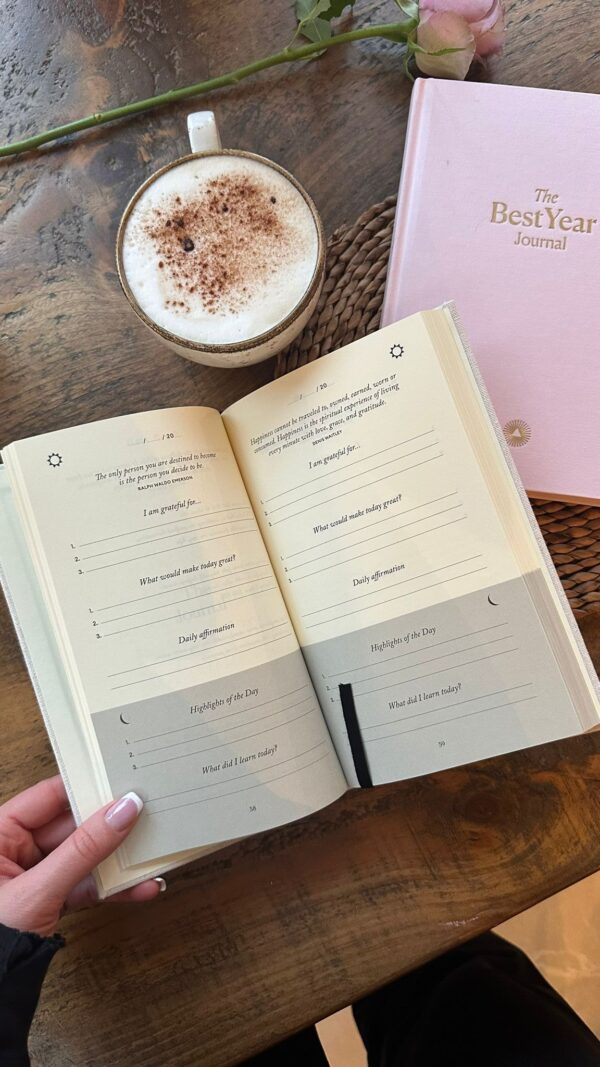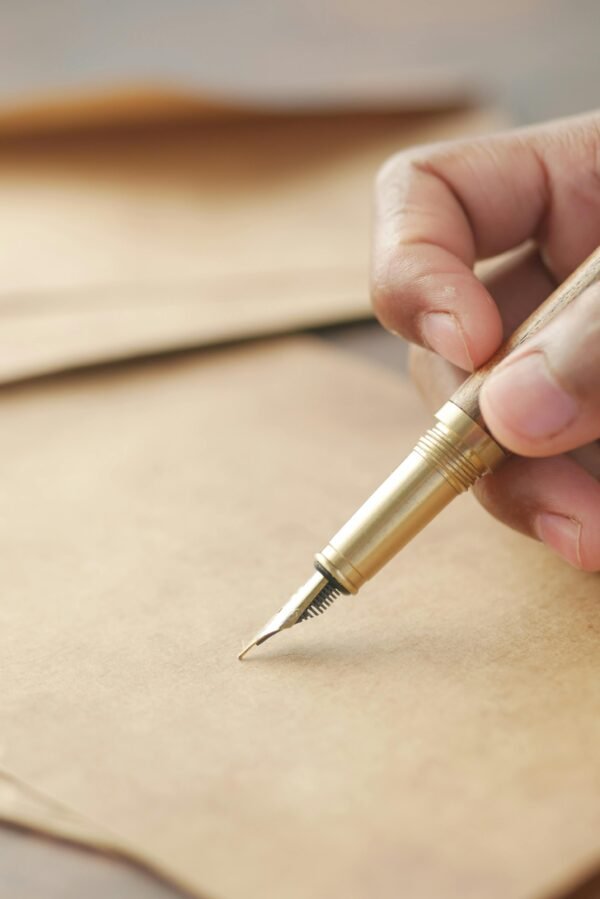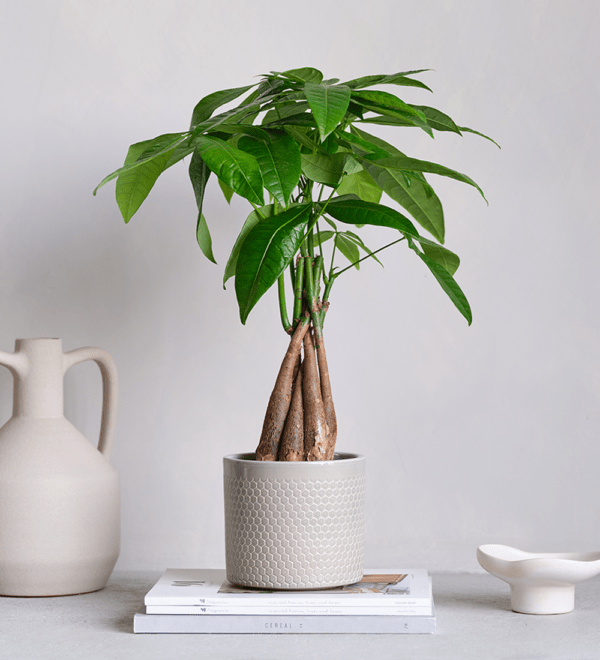
Here’s Why Traditional Greetings Still Win in the Digital World

In a world where almost anything is now accessible online – from e-books to banking and everything in between – we can control much of our lives with a touch, click or scroll. And for many of us, this digital revolution has come to represent an easier, speedier and smarter way of living. But is this case in all instances? For some people, it seems there are certain practices that are better left alone; where the good ol’ fashioned way will always come out on top.
Could this be the case for the traditional greeting card, which shows no signs of moving completely online? We worked with linguistic expert Philip Seargeant and packaging supplier Rajapack who conducted a study into the importance of greeting cards in the electronic era, considering why it continues to be such a popular choice amongst both recipients and senders.
They’re more personal, thoughtful and considered
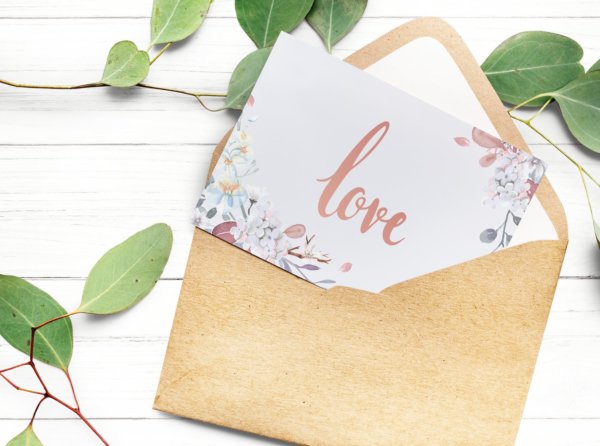
The study found that 77% of people prefer receiving a traditional greeting card over an electronic message.
But why is this the case?
Well, 47% of people who still send greeting cards say they do so because it feels more personal and thoughtful.

Think about it: you’re buying a traditional greeting card for your friend’s birthday. You go to their favorite shop, you scan rows and rows of cards, you pick something that is just perfect for them – and then you take the time to handwrite a meaningful message and either hand deliver it, or put it in the post. Does the digital greeting take the same thought, and more importantly, does it make your recipient feel as special? In today’s world, you can also print your own greeting card with the right tools.
Philip suggests that “the ability to personalise cards is certainly a plus point” when it comes to the appeal of greeting cards. It’s not that digital messages can’t be made personal – especially in the age of emojis, voicenotes and memes – but, as Philip explains, a handwritten message is often seen to mean more as it is “still seen as a sign of authenticity and immediacy”. And of course, you can’t send out 50 handwritten messages like you can with a copy-and-paste or “send all” function. Thus, “the act of simply sending a greeting card carries a particular message. It tells the receiver you’re thinking of them in times of celebration or difficulty.”
They can stay with someone forever
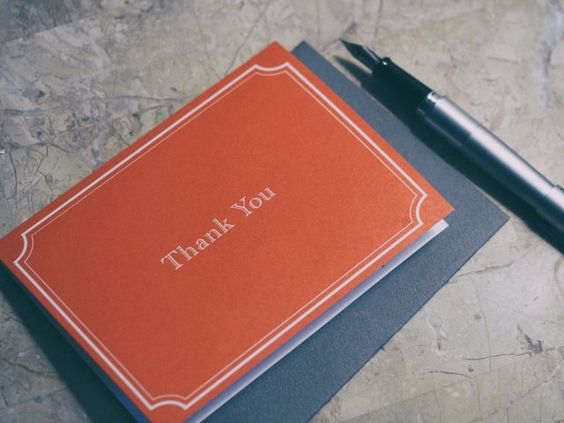
For many, the physical permanence of greeting cards makes them a preference over electronic ones. It is something tangible, something that we can physically touch – and it will not disappear into a million megabytes of data. Instead, it’s a memory that can be made to last, whether taking pride of place on your windowsill, or stashed away in a memory box. “They can be displayed, and they have decorative value,” says Philip. “They can also be kept as mementos.”
As well as this, there’s the way that a greeting card, much like a magnet or other form or souvenir, can be tied to a place or event. “In this way,” says Philip, “they can have a sort of localised value – you buy them in a particular place, and the memory of that place becomes part of the value you associate with the card.” Ultimately, it can take you back to a time, date or place – and evoke memories of a moment or experience.
Though it often seems that technology is taking over, there are many things that cannot be simulated by a machine. Greetings cards can be “a more embodied aspect of communicating with each other.”
Philip believes this is why traditional greeting cards continue to be a popular choice. Just because we’re becoming more advanced, he says, it doesn’t mean we will forget our values overnight. So, next time you’re trying to decide whether to handwrite a card, or just fire off a text to the one you’re thinking of instead – ask yourself: what would mean more to you?






